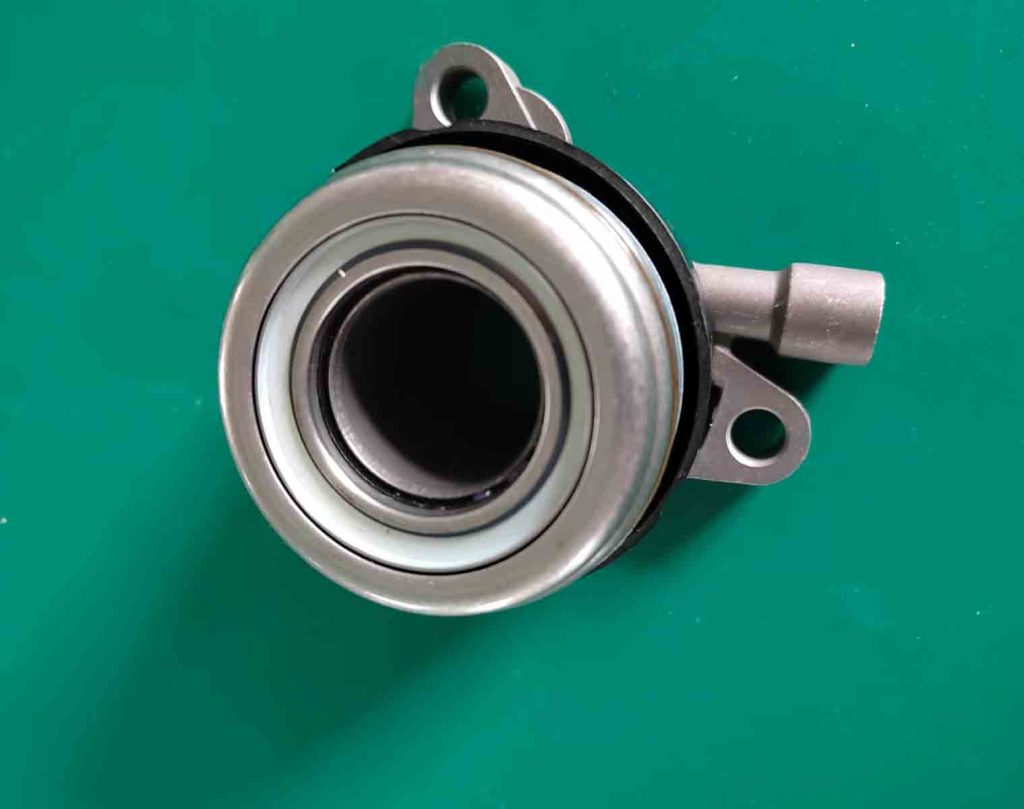Hydraulic Clutch Kit
If you want to improve your clutch, you might find that a hydraulic clutch kit is what you need. This kit comes with the hydraulic master cylinder, reservoirs, hydraulic throwout bearings, and mounting hardware. The Orient hydraulic clutch kits are made to work with the pedals that come with the car to give you the most leverage. They also have light pedal effort and full control of the clutch.
- 20 Years Experience
- TS16949 Certification
- 100% Full Inspection Before Packaging.
Central Slave Cylinder & Pneumatic Release Bearing Supplier & Manufacturer
Provide complete Hydraulic Clutch Kit Technical Tech Assistance.
Make an Enquiry
+ 86-137 5815 0719
Cell / Whatsapp
Hydraulic Clutch Kit
A hydraulic clutch kit is a hydraulic throwout bearing kit for aftermarkets in the world.If you want to import hydraulic clutch kit for car,pls contact us now.
We would like to support you on price and quality.

Hydraulic Throwout Bearing Kit
Hydraulic Throwout Bearing
Pneumatic Release Bearing
Clutch Release Bearing
Clutch Disc
Clutch Cover
Belt Tensioner Pulley
Central Slave Cylinder
Hydraulic Clutch Kit
You can buy a hydraulic clutch kit for your car for a relatively low price. But you should make sure to find a hydraulic clutch kit that fits the specific model of your vehicle. Buying parts for an aftermarket hydraulic clutch system is tricky since you have to make sure they fit correctly.
If you’re wondering how to choose a good Hydraulic Clutch Kit, look no further. We’ve listed some of the best brands and features so you can make the right choice for your transmission. These kits offer smooth action, increased header clearance, and reduced free travel. They are compatible with both stock and aftermarket transmissions. And if you’re not sure which is right for your car, there are bolt-on kits available. Be sure to check for pedal ratio, bore sizing, and travel before you purchase.
The mounting angle of your new Hydraulic Clutch Kit is critical for smooth operation and extending the life of your vehicle’s hydraulic system. Too tight or too loose an angle will cause the clutch to bind and wear prematurely. Generally, a good mounting angle is 20 degrees. However, this is not always the case. In some cases, a preloaded throwout bearing may shear off the snout, causing difficulty gear changes and premature wear.
To properly install a new Hydraulic Clutch Kit hydraulic throwout bearing, the first step is to remove the transmission and remove the snout. After you’ve removed the transmission, install the new clutch master cylinder. Make sure that it engages midway through the pedal stroke. If not, you’ll need to adjust the height of the clutch pedal. The height should be adjustable for your comfort level.
Tag: hydraulic clutch kit,hydraulic clutch conversion kit,hydraulic clutch conversion kit,hydraulic clutches,hydraulic throwout bearing kit,aftermarket hydraulic clutch kits,hydraulic clutch kit for car
